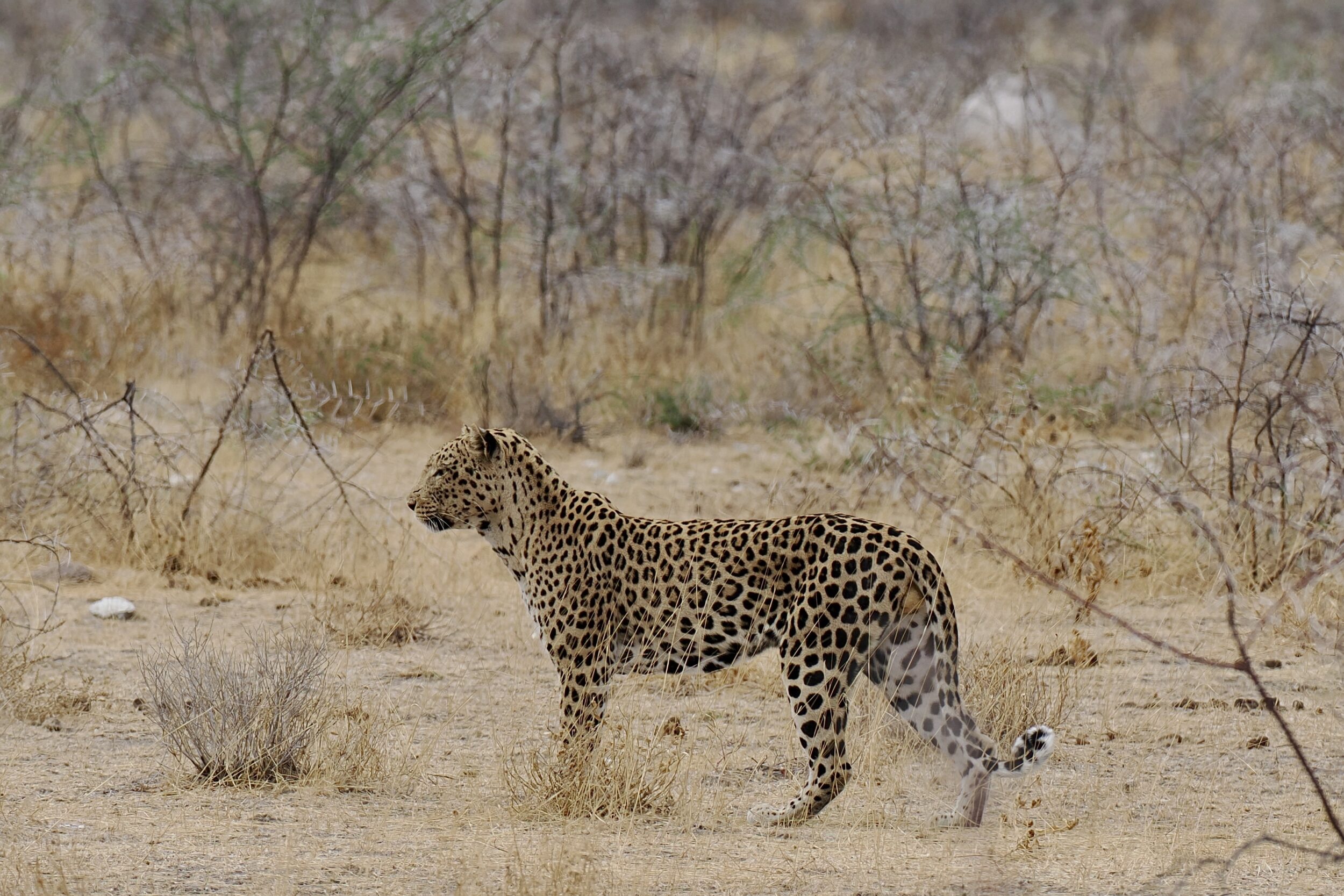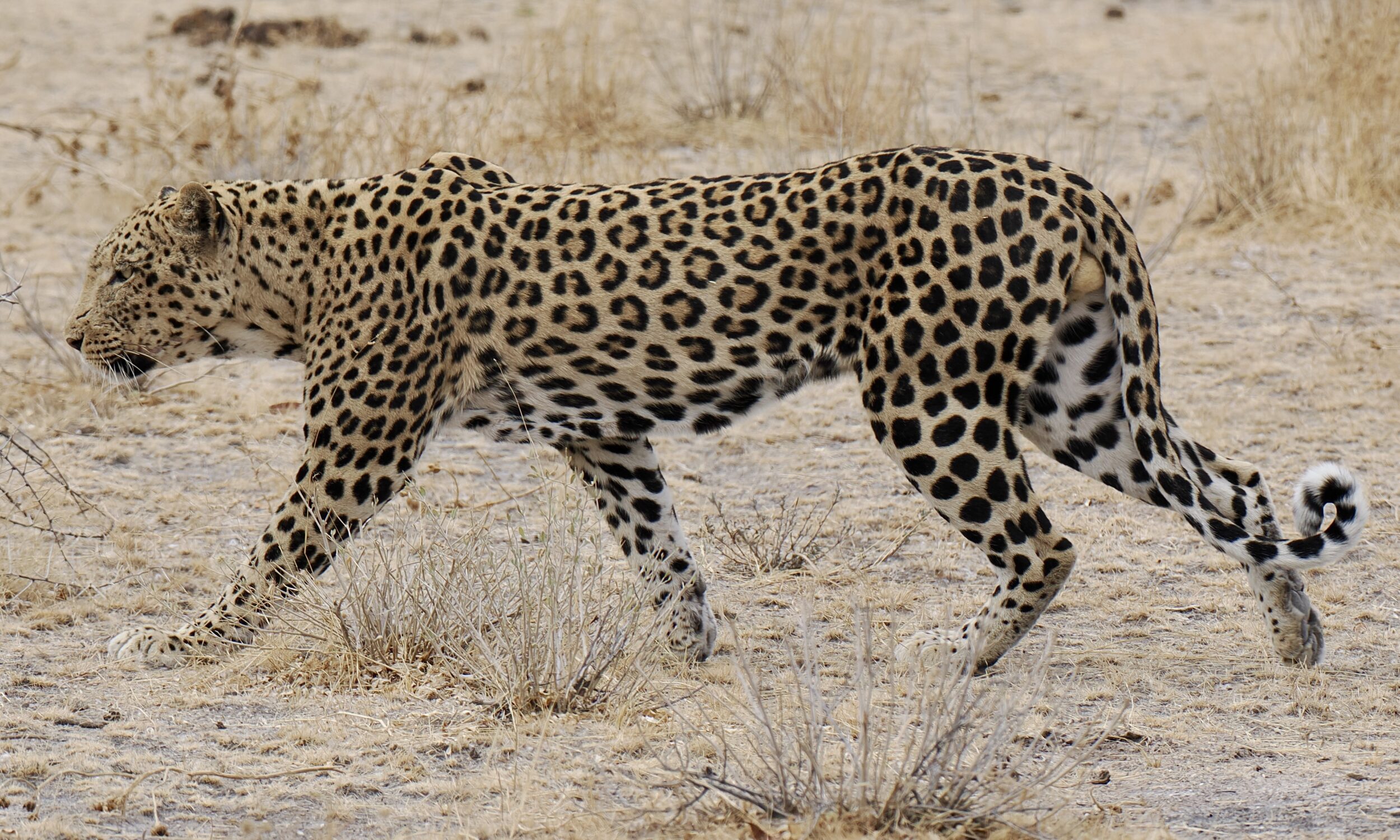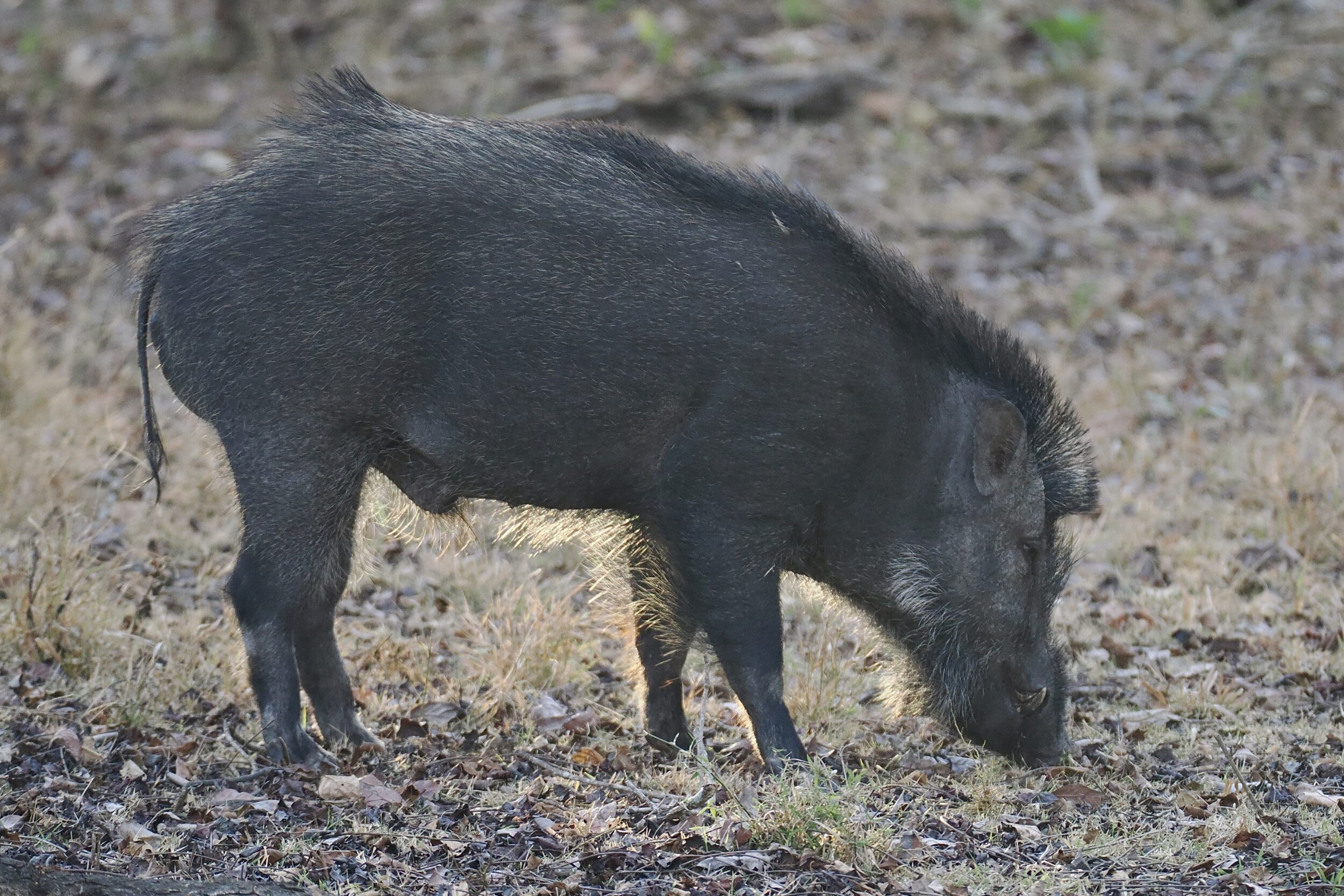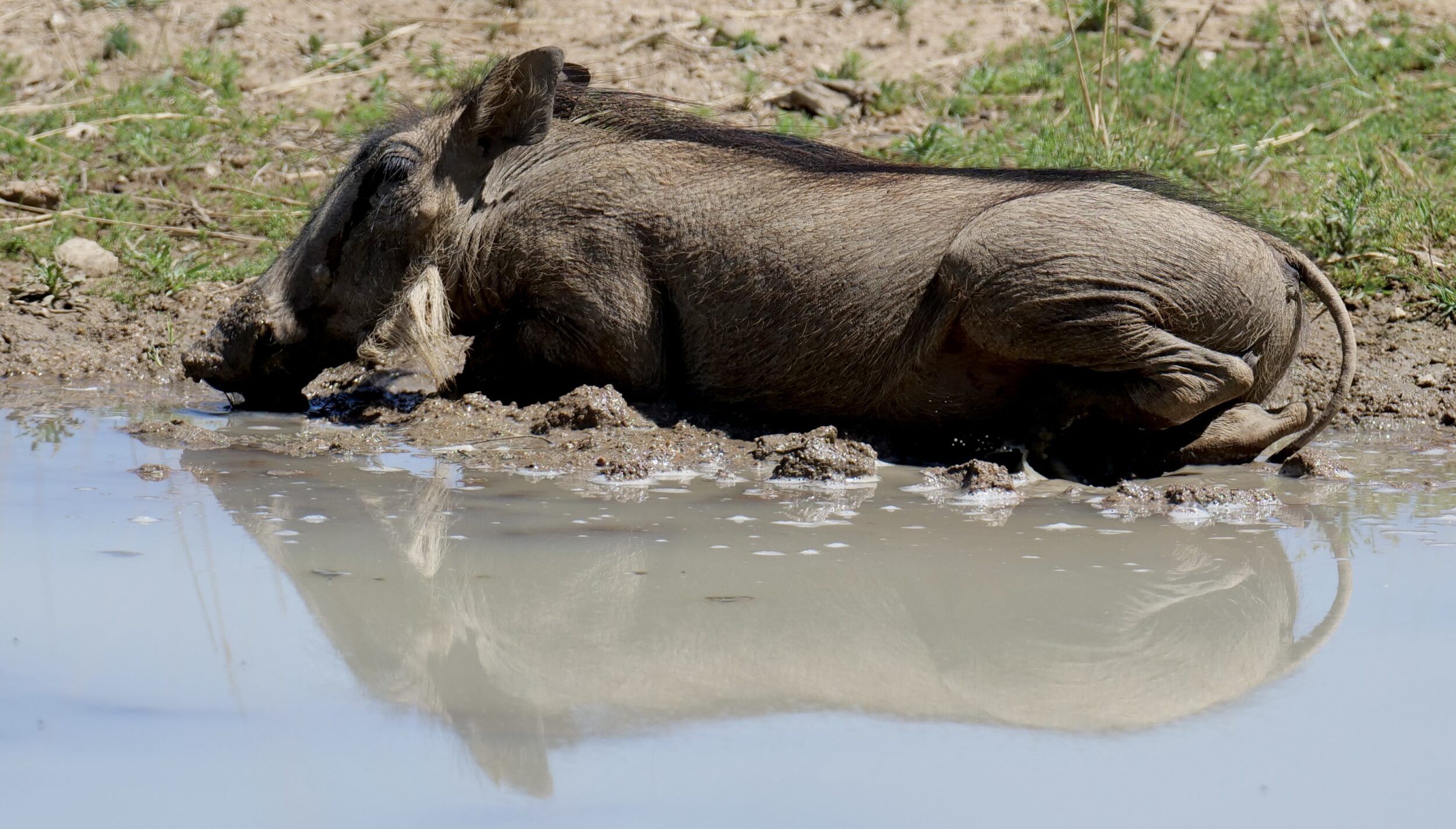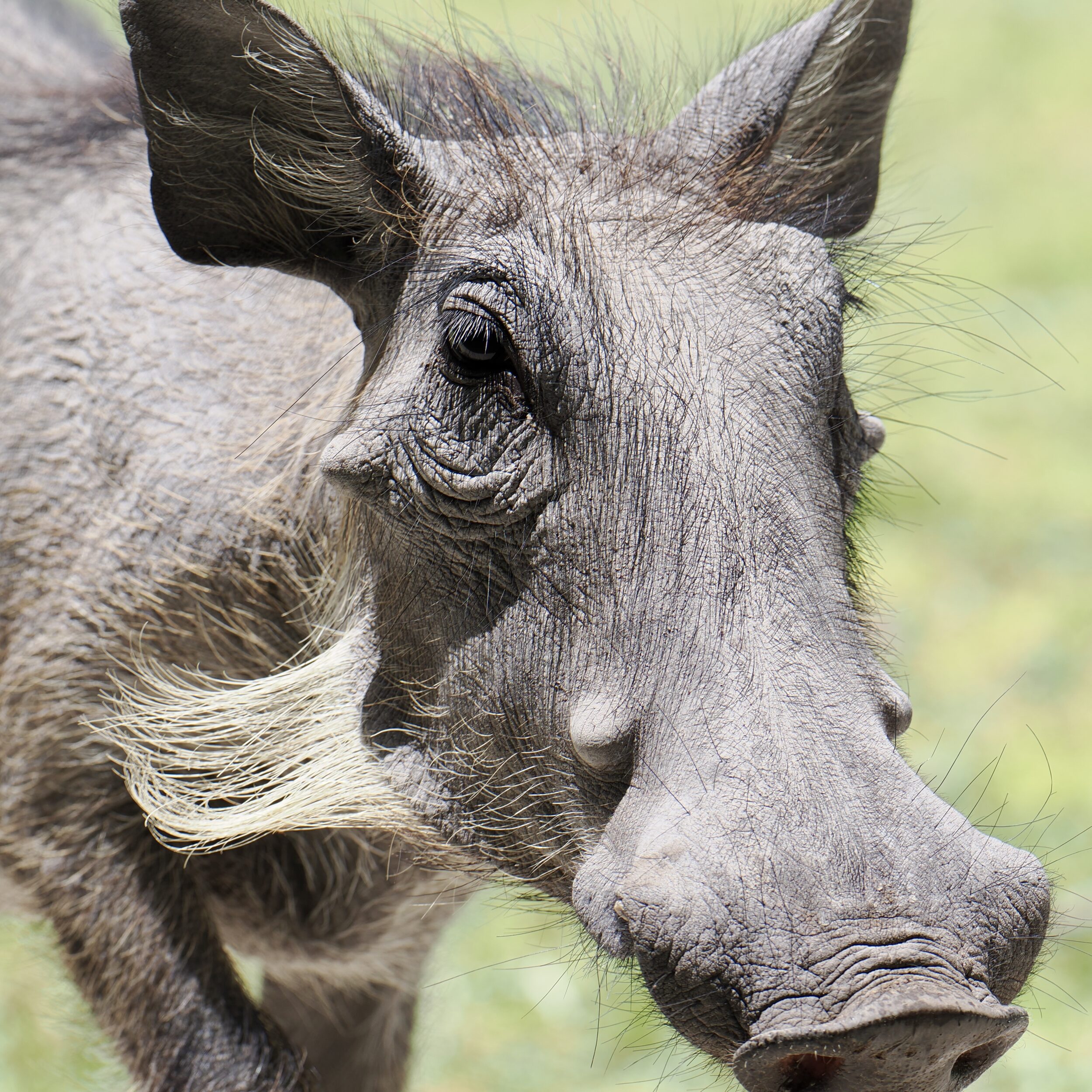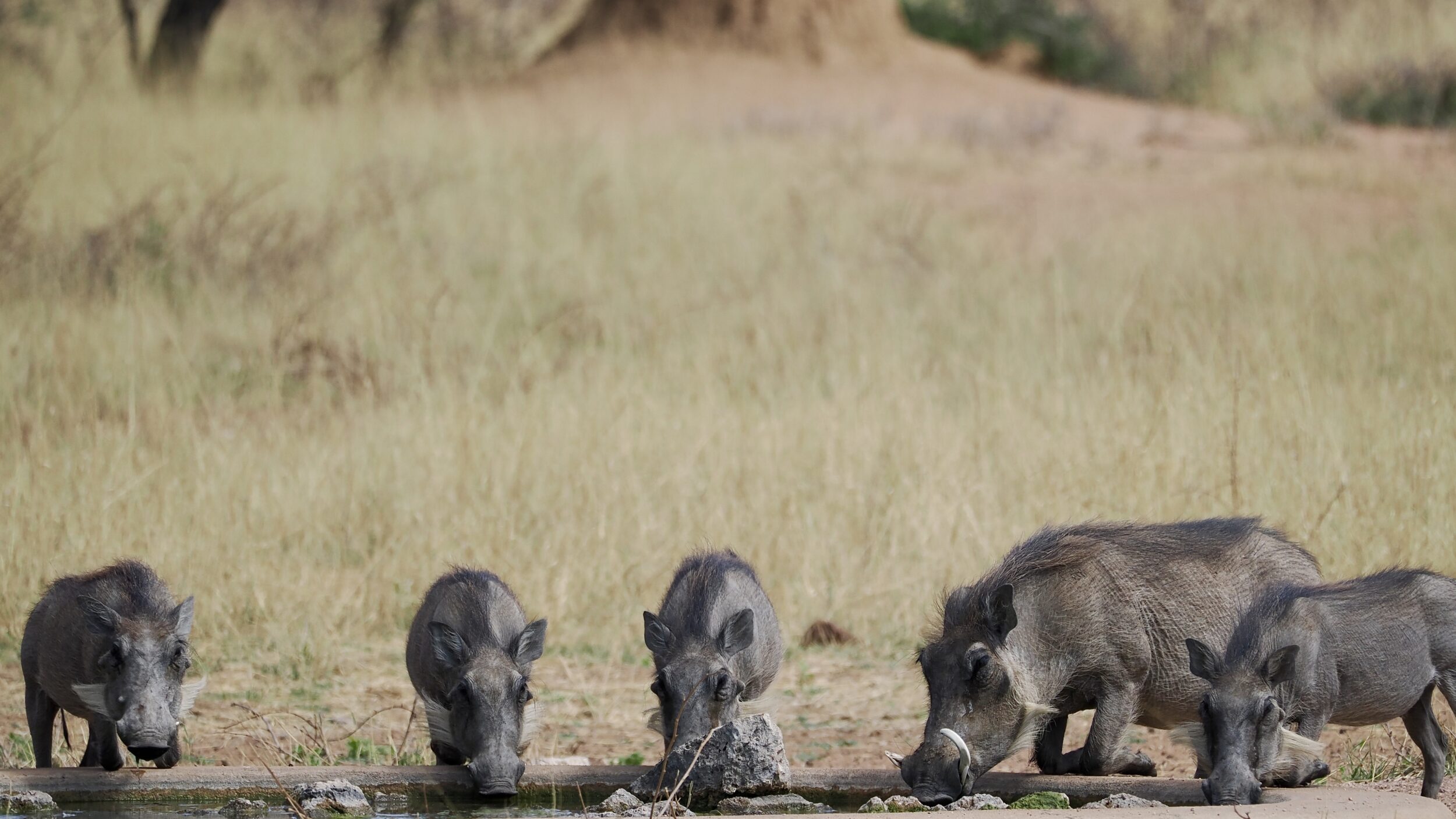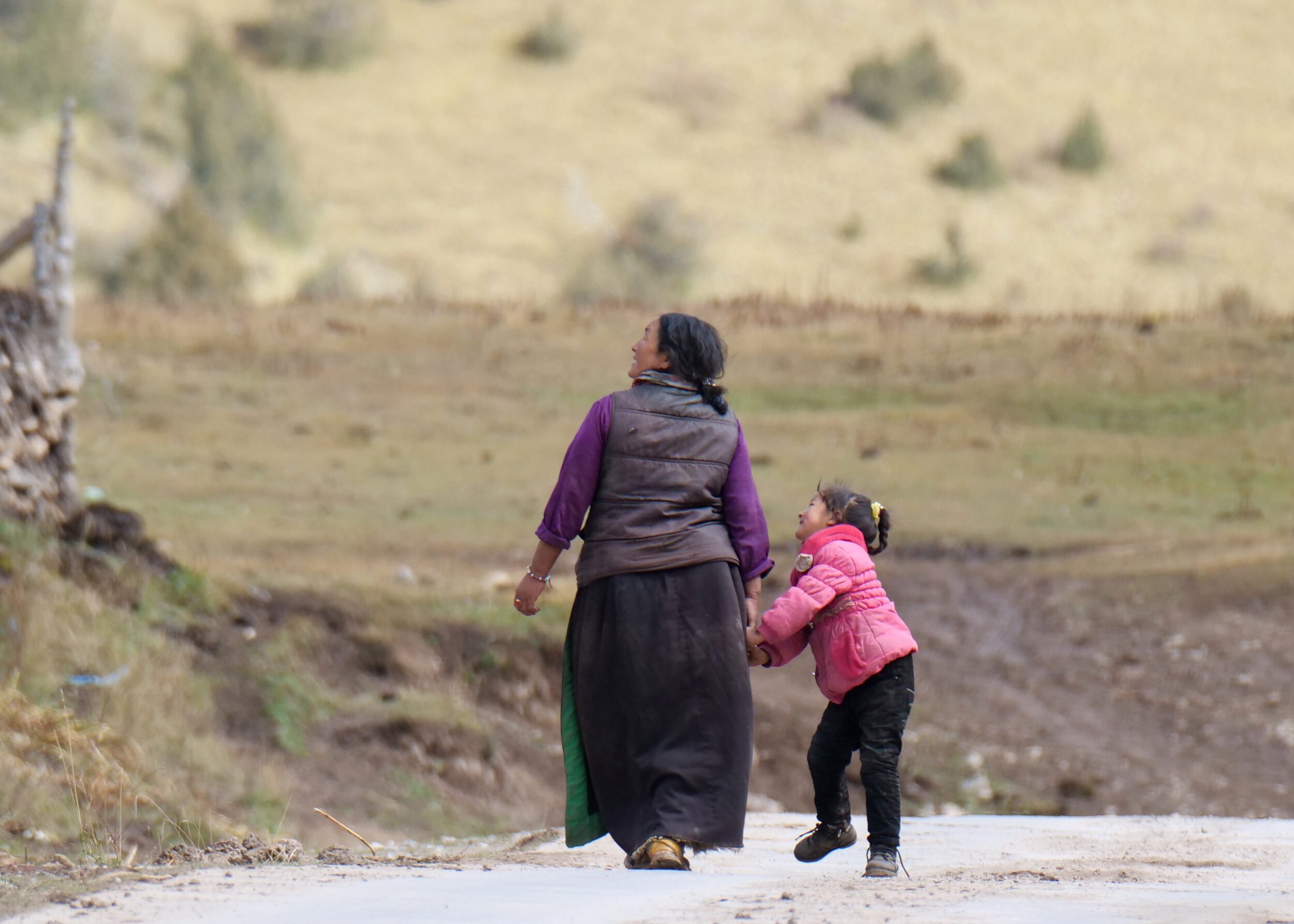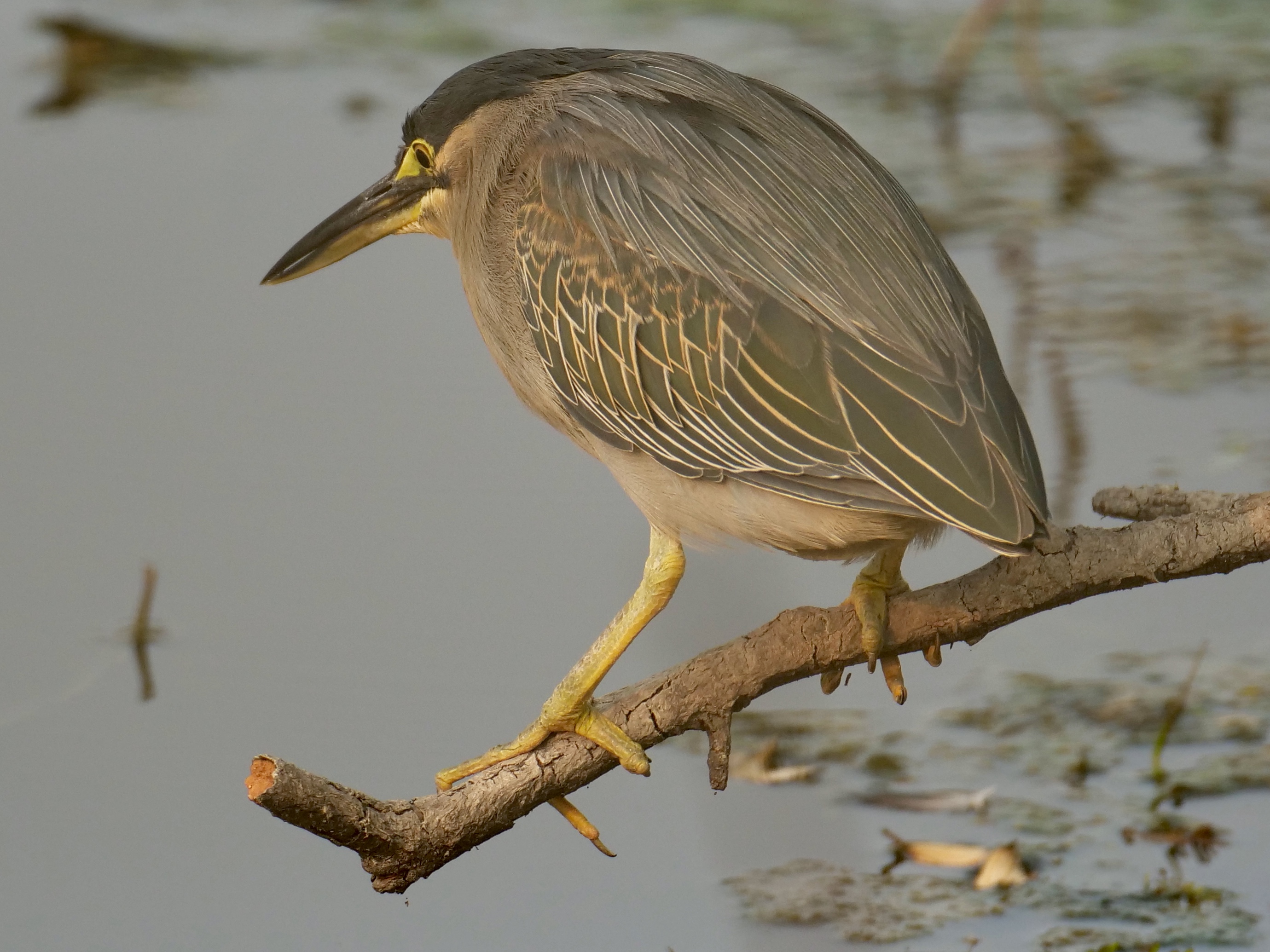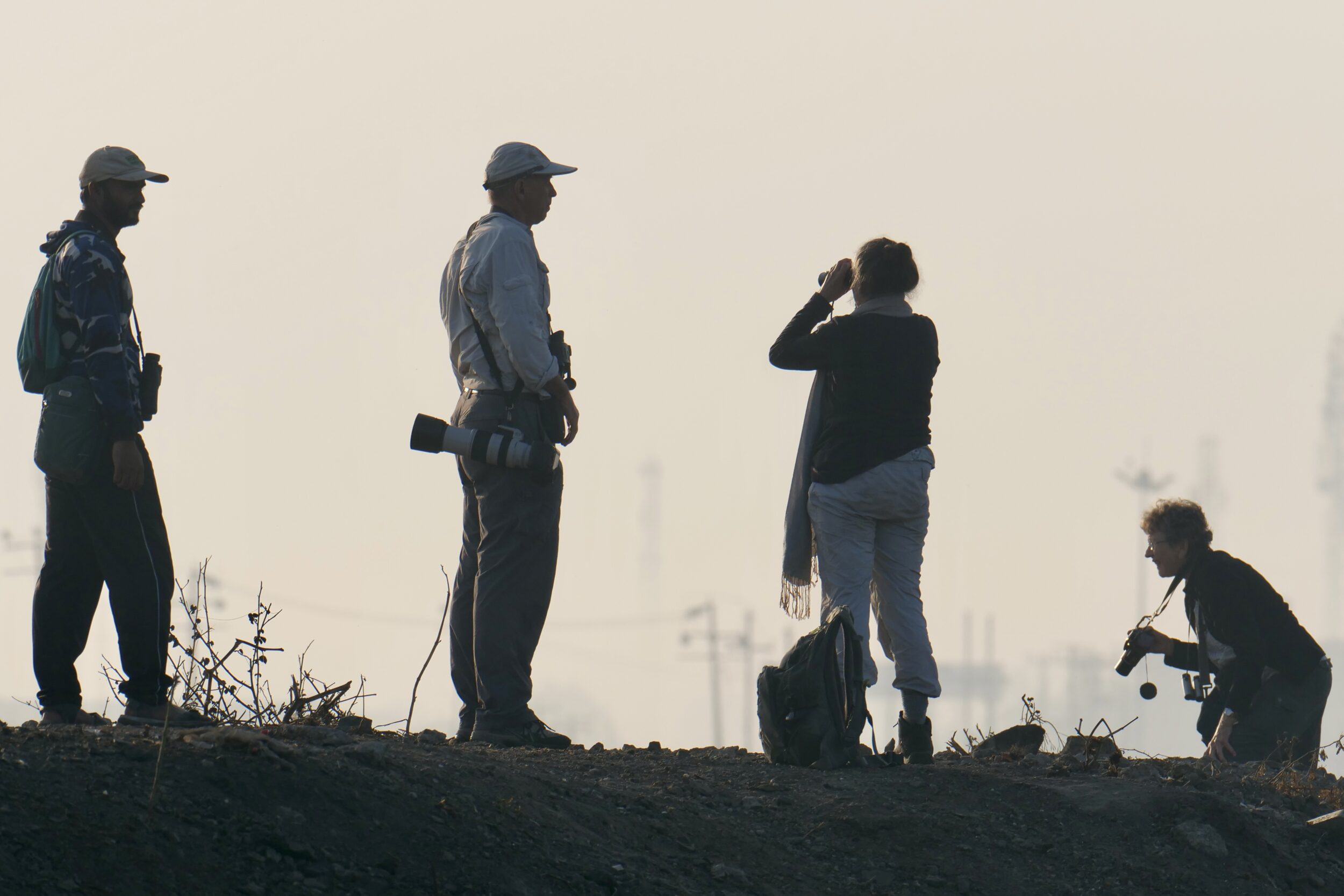This post documents the last of our four close encounters with leopards in Namibia during November 2022.
The featured image shows “our hero”, not long after we had noticed him.
He was to our right; his quarry (a springbok) was where all the visible grazing mammals were at that time – to our left, on the other side of the relevant road.
Comments closed